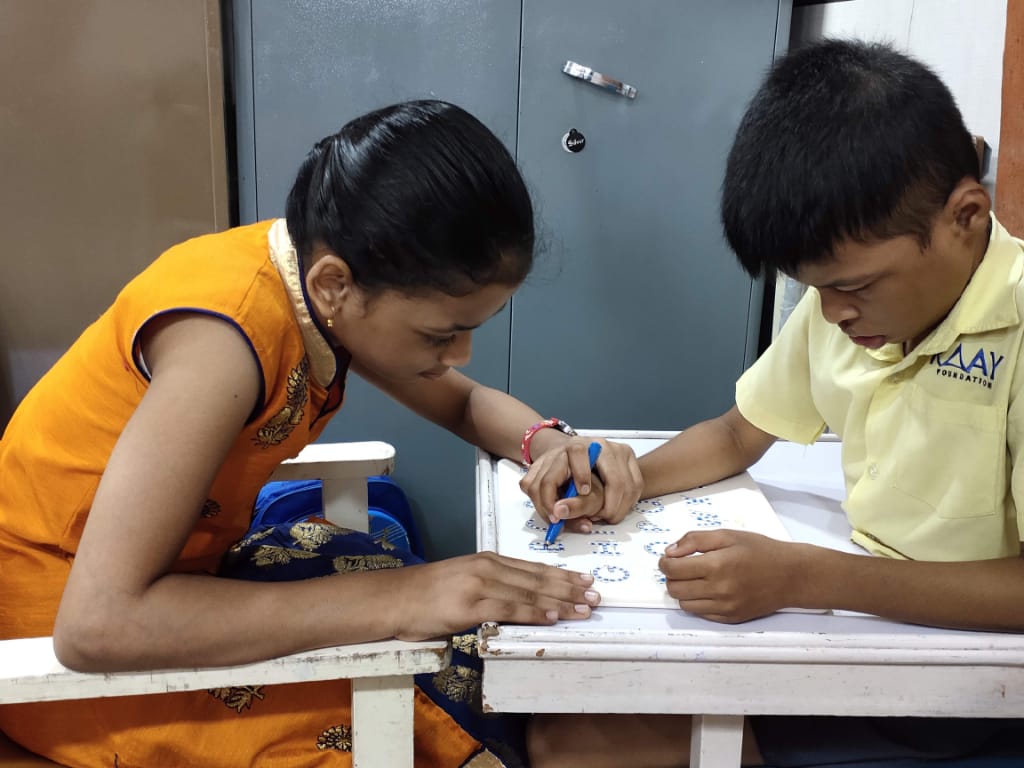
Even with Right to Education(RTE) providing free education to children between 6 to 14 along with Mid-Day Meal Programs, 32 million children have never gone to school in India, according to the National Sample Survey Office(NSSO) Report. 50% of class 5 students cannot read basic text or do arithmetic. There is a lack of funds, quality teachers as well as supporting infrastructure for children to thrive. Higher up, there is a huge privatization of education for professional courses, making college education monopoly of the privileged class. Finding innovative education solutions is essential to create a generation of skilled manpower in India.
Healthcare expenditure of India is at 3.6% of the GDP , much lower than the global spending of 8.8 % GDP, restricting access to 7% of the population below the poverty line and 23% sick patients. For every 10,000 people, we have only 20 health care workers. 75% of healthcare spending comes from an individual’s own pockets with very little awareness about health amongst the disadvantaged and rural class. Access to universal health care should be advocated as the most basic human right.
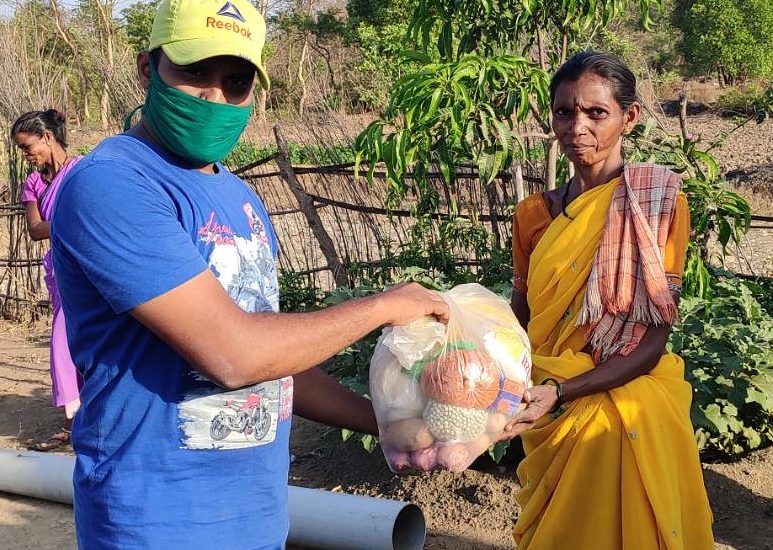
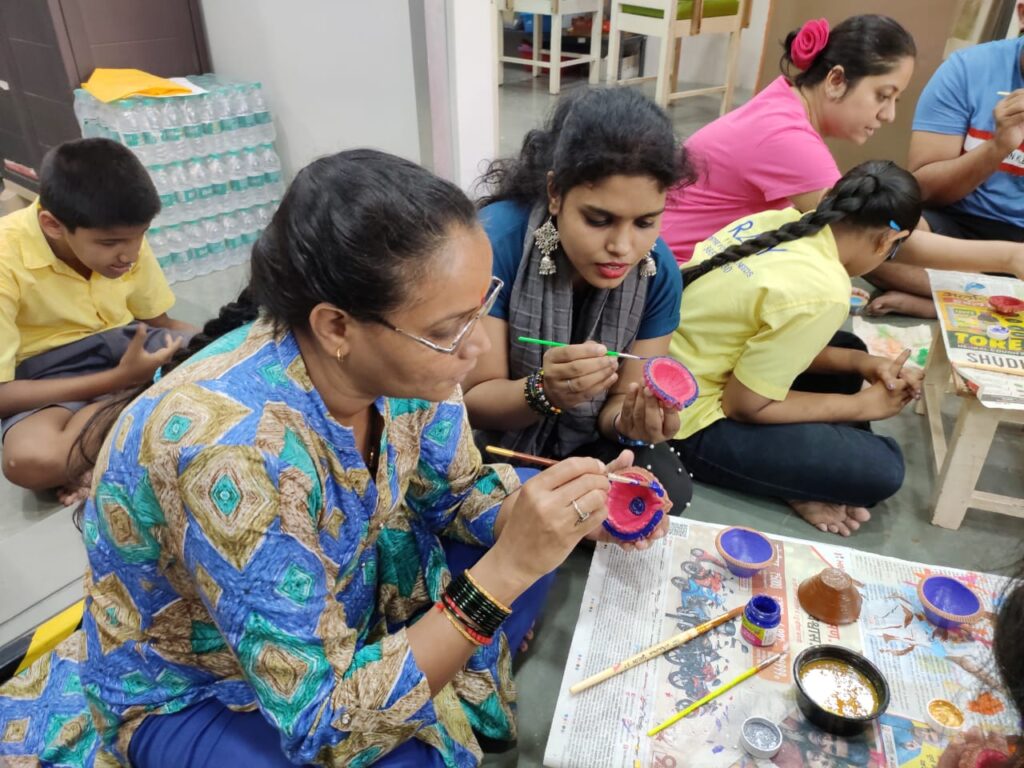
According to the 2018 Periodic Labour Force Survey (PLFS), the unemployment rate in India is 23.7%. Ironically, the more formally trained the youth was, the chances of them remaining jobless increased. About 33% of educated youth remained unemployable due to “talent shortage”. Hence, skilling is important to bridge the gap between education to employability.
According to the World Economic Forum’s Gender Gap Index 2015 India has been ranked 108th, with a score of 0.664 (1 equality, 0 inequality) out of a total of 145 countries, ranking lowest in BRICS nations. Only 27.2% of women participate in the workforce in comparison to the global average of 37%. India has one of the highest female foeticide incidents in the world. The female child population in the age group of 0-6 years declined from 78.83 million in 2001 to 75.84 million in 2011. The crime rate under crimes against women was reported as 53.9 in 2015. We have a long way to go in achieving gender equality making stringent gender equality programs need of the hour.
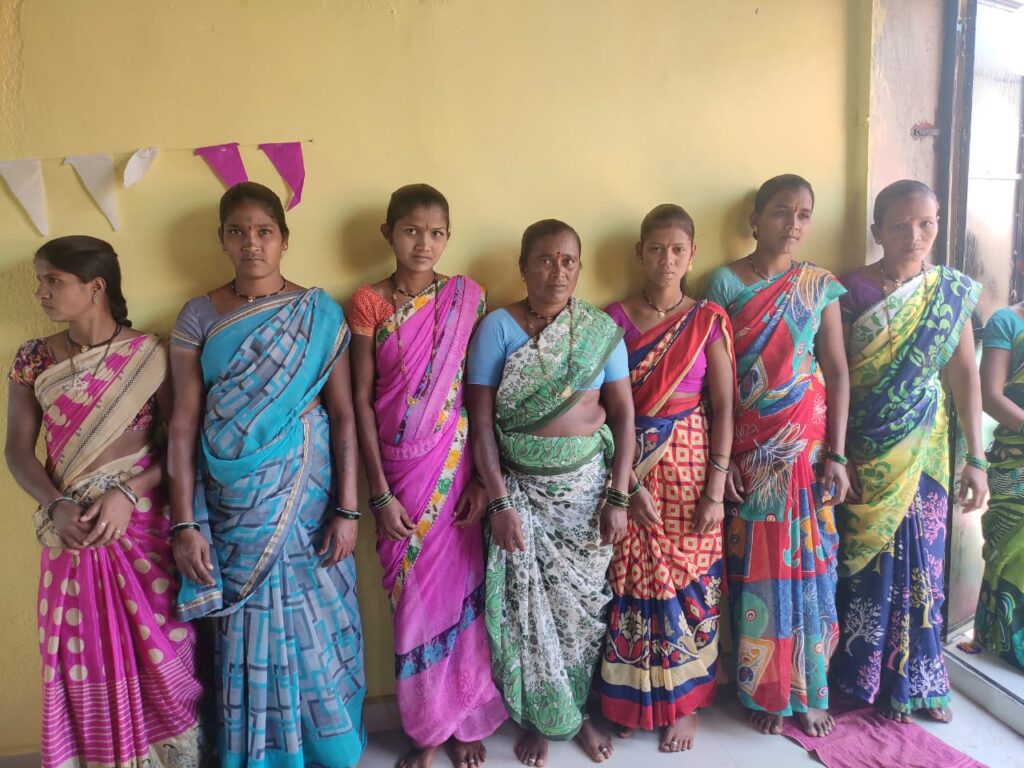
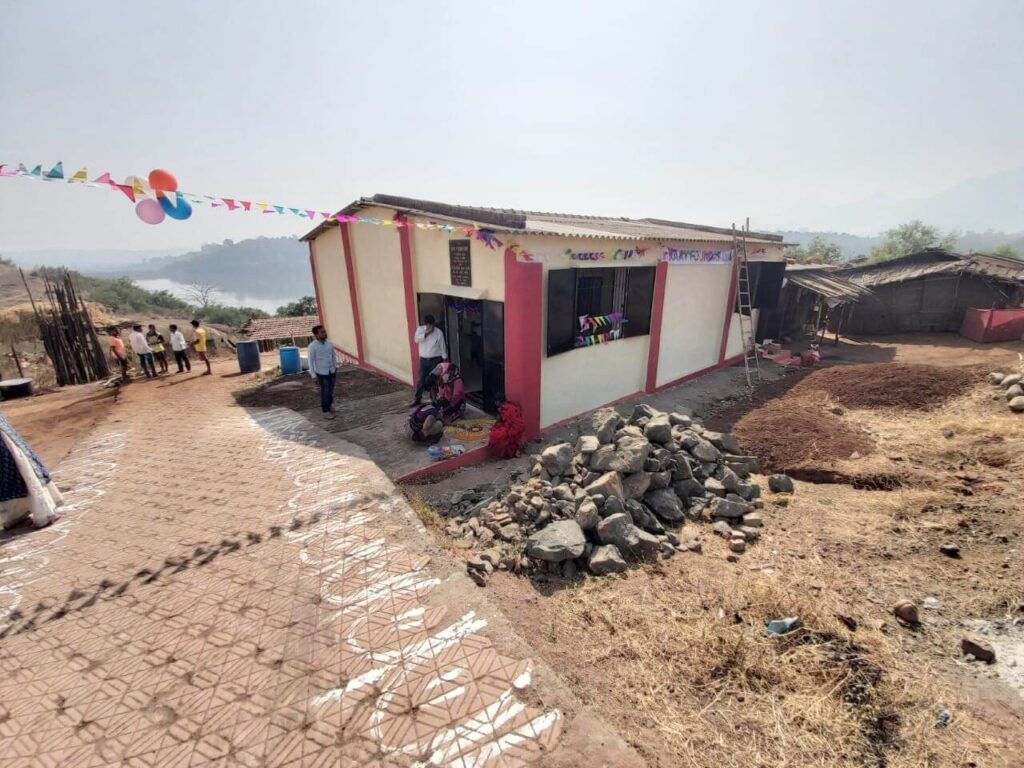
According to the FAO’s ‘The State of Food Security and Nutrition in the World, 2020’ , 189.2 million people are undernourished in India. 34.7 % of children have stunted growth and more than 300000 children die to hunger in India. 0.15 % of our country’s population is homeless. 39.8% of households had no soap or no water, a situation often explained by the absence of soap during the national demographic survey. Basic amenities facilitate an ecosystem for economic and sociological progress and should be easily accessible to the masses.
